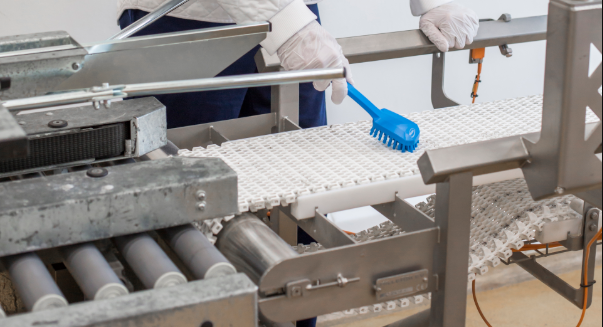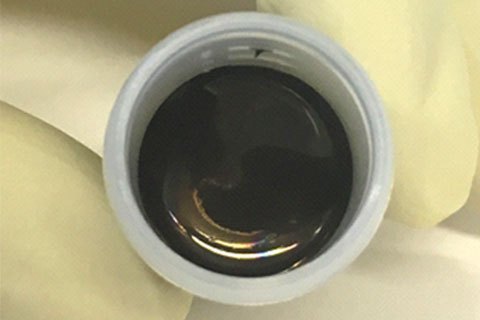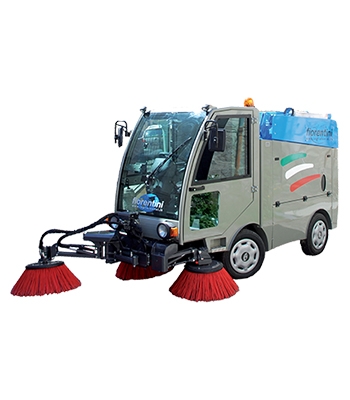Listeria monocytogenes is a bacterium which can give rise to food poisoning and so is a serious food safety concern in food production.
In 2015 according to Public Health England, there were 169 cases of listeriosis in England and Wales. This might not sound many, but the mortality rate for this pathogen is high at approximately 30% of cases.
The elderly and unborn / newly-born babies are most vulnerable to the disease. Listeria monocytogenes is the only member of the genus Listeria which is recognised as a human food pathogen. However, all Listeria species have the same growth requirements, and so the presence of a ‘non-hazardous’ Listeria can be indicative of the presence of Listeria monocytogenes.
Listeria is found in the general environment and so can be associated with any food that is grown in association with the soil (e.g. salad leaves). This bacterium can:
- Grow – albeit slowly – at chill temperatures and is especially a concern for chilled ready-to-eat (RTE) foods.
- Inhabit and persist in the food production environment. It thrives in conditions where there is plenty of water
- Produce protective mechanisms (for example ‘biofilms’) to help it survive.
These characteristics enable Listeria and Listeria monocytogenes to cross-contaminate foods that have undergone a process to eradicate vegetative pathogens (e.g. cooking), and so it can pose challenges to food manufacturers.
Where to look for Listeria
When monitoring for the presence of Listeria in a food production facility there are key areas to look at. Two of the most frequently contaminated are:
- Drains are the prime place to look for this bacterium, because each time the production area is cleaned, residue leaves via the drains.
- A close second on the list of places to look is ‘cleaning equipment’ such as brushes and squeegees, which are used as part of any clean-down process. Most, if not all, cleaning equipment will be used as part of routine cleaning.
Cleaning equipment – preventing cross contamination
Cleaning equipment is often forgotten when considering how to maintain a Listeria-free production environment.
- Cleaning equipment should itself be cleaned after each use to prevent it being a potential route for cross contamination.
- Storing cleaning equipment such as squeegees in a sanitiser bath when they are not in use will help to reduce cross contamination. This does require the sanitiser solution to be remade on a very regular basis, as the presence of organic material on the cleaning equipment can neutralise the sanitising agent.
- Cleaning equipment should be stored or hung up when not in use. If equipment is left on surfaces such as the floor, it can remain wet and can support growth of any Listeria cells present.
- Colour coding of cleaning equipment is frequently used to ensure that dedicated cleaning equipment is used only where it is supposed to be. Segregation can be by area of the production facility, as well as ‘zone’. For example, cleaning equipment used for product-contact surfaces are often separated from floor-contact cleaning equipment by colour code.
- When cleaning equipment becomes worn out, it can readily harbour bacteria such as Listeria. Consequently, it should be replaced regularly.















 is the world’s leading supplier of hygienic cleaning tools for the food and beverage industry and other hygiene-sensitive environments.
is the world’s leading supplier of hygienic cleaning tools for the food and beverage industry and other hygiene-sensitive environments.




